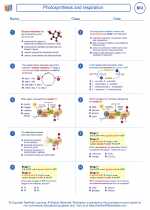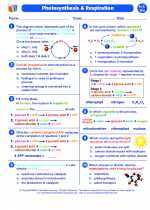Astrophotography
Astrophotography is the art and science of capturing images of astronomical objects and celestial events using a camera. It involves using specialized equipment and techniques to photograph objects such as stars, planets, galaxies, and nebulae.
Equipment
1. Telescope: A telescope with a stable mount is essential for astrophotography. It gathers light and provides magnification for capturing distant objects.
2. Camera: A DSLR or mirrorless camera with manual settings and long exposure capabilities is commonly used for astrophotography.
3. Mount: A sturdy mount or tripod is necessary to keep the telescope or camera steady during long exposures.
4. Remote Shutter Release: This allows the photographer to trigger the camera without physically touching it, reducing the risk of camera shake.
5. Filters: Light pollution and atmospheric conditions can affect the quality of astrophotographs, so specialized filters are used to enhance contrast and reduce unwanted light.
Techniques
1. Long Exposure: Astrophotography often involves long exposure times to capture faint light from distant objects. This requires a stable mount to prevent blurring.
2. Tracking: To compensate for the Earth's rotation, a motorized equatorial mount can be used to track the movement of celestial objects during long exposures.
3. Image Stacking: Multiple images of the same object are combined to reduce noise and improve the signal-to-noise ratio in the final photograph.
Subjects
1. Planets: Capturing detailed images of planets often requires specialized planetary cameras and image stacking techniques.
2. Deep-Sky Objects: Galaxies, nebulae, and star clusters are popular targets for astrophotography, requiring long exposures and precise tracking.
3. Solar System Events: Photographing events such as lunar eclipses, solar eclipses, and transits of planets across the Sun require careful planning and appropriate solar filters.
Study Guide
1. Familiarize yourself with the operation of a telescope and its mount, including polar alignment for accurate tracking.
2. Understand the manual settings and long exposure capabilities of your camera, as well as how to use a remote shutter release.
3. Learn about the different types of filters used in astrophotography and their effects on light transmission.
4. Practice capturing images of the Moon and stars to gain experience with long exposures and tracking techniques.
5. Study the characteristics of different celestial objects and the best techniques for capturing their details in photographs.
.◂Biology Worksheets and Study Guides High School. Photosynthesis and respiration

 Worksheet/Answer key
Worksheet/Answer key
 Worksheet/Answer key
Worksheet/Answer key
 Worksheet/Answer key
Worksheet/Answer key
 Vocabulary/Answer key
Vocabulary/Answer key
 Vocabulary/Answer key
Vocabulary/Answer key
